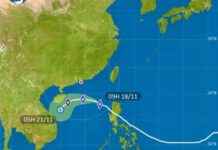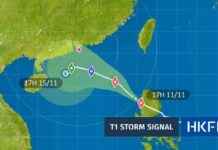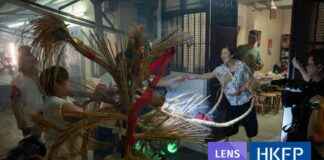Survival Tips in Hong Kong’s Urban Jungle: A Comprehensive Guide
In a city as densely populated as Hong Kong, it’s easy to forget that just beyond the bustling streets and towering skyscrapers lies a rugged wilderness waiting to be explored. However, as the recent incident of a 60-year-old man getting lost in the remote hills of Tai Po without provisions demonstrates, venturing into Hong Kong’s wild side can be fraught with danger if proper precautions are not taken.
Finding Help in the Wilderness
When it comes to surviving in Hong Kong’s urban jungle, one of the most crucial tips is to avoid hiking alone. Lobo Louie Hung-tak, an associate head of the Education University of Hong Kong’s health and physical education department, emphasized the higher risk of accidents for solo hikers. In the unfortunate event that you do find yourself lost, the first step is to try and identify your surroundings, assess potential risks such as heat exhaustion, and seek help wherever possible.
Instead of blindly forging ahead in the hopes of finding an exit, inexperienced hikers should retrace their steps along marked or familiar trails. It’s also advisable to carry a map and compass, as well as download the government’s “HKSOS” mobile app to alert emergency contacts and rescue services in case of emergencies. This app enables accurate location detection, even without phone reception.
According to Louie, trails in Hong Kong are typically well-connected, and hikers are likely to encounter major footpaths within about 15 minutes of walking. Remaining calm and contacting rescue authorities using your phone are essential steps in ensuring your safety while lost in the wilderness.
Finding Shelter and Water Sources
When it comes to finding shelter in the wilderness, it’s important to seek out spots that can shield you from wind and help you maintain warmth. Proximity to water sources is crucial to prevent dehydration, so caves and areas under trees are ideal choices. Local wildlife in Hong Kong generally poses minimal danger, with bees and snakes being the main exceptions.
In terms of water sources, running water from creeks or streams in Hong Kong is generally safe to drink. Condensation on plant surfaces can also be an option, but hikers should avoid drinking water from unknown plants as some species could be poisonous. Familiarizing yourself with the locations of water sources in the areas you plan to trek is a smart precaution to take.
Food Sources and Survival Tactics
When it comes to food sources in the wilderness, hikers can test fruits or leaves by rubbing them on their skin and lips to check for any adverse reactions. If no itching or irritation occurs, it’s generally safe to eat. Worms and small animals can also provide valuable protein in survival situations.
Louie stressed the importance of assessing immediate situational risks when making decisions in the wild, as there are no universal rules for survival. In the urban jungle of Hong Kong, being prepared with the right knowledge and tools can make all the difference between a dangerous situation and a successful survival story.
As you venture into Hong Kong’s wilderness, remember to stay safe, be prepared, and always prioritize your well-being. With the right mindset and survival tactics, you can navigate the urban jungle with confidence and emerge unscathed from any unexpected challenges that come your way.



















